Experiencing a fire in your home can be a traumatic event. Even after the flames have been extinguished, the aftermath of smoke damage requires immediate attention to ensure the safety of your home and the well-being of your family. In this article, we will discuss the importance of smoke damage cleanup and provide valuable insights into the restoration process. We will also address common questions such as what items to throw away after smoke damage, whether steam cleaning is effective, and how to clean smoke damage on walls and ceilings.
Understanding Smoke Damage
Smoke damage isn’t just about visible residue—it infiltrates surfaces, materials, and even the air, making it a complex challenge to address. Even areas far from the fire’s origin can suffer from smoke particles that settle on surfaces. This is where the expertise of a specialized restoration company, such as Restoration Operators, becomes invaluable. We possess the knowledge and tools to tackle the intricate task of restoring your home, addressing both apparent and hidden smoke damage.
Assessing the Extent: What Does Smoke Damage Look Like?
Identifying smoke damage goes beyond the obvious blackened surfaces. Signs of smoke damage include black streaks, discolored paint, and the distinct odor of smoke. Smoke damage clean up process should be done by experts who are skilled at recognizing these indicators, ensuring that no nook or cranny escapes their attention during the assessment process.
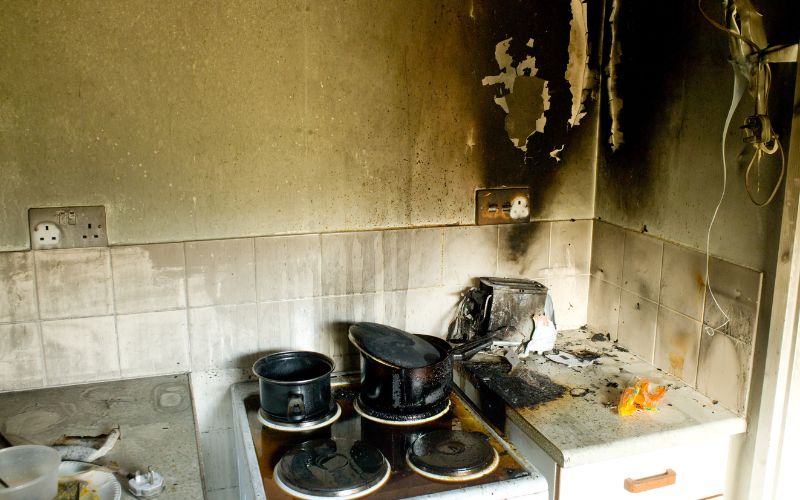
How to Clean Smoke Damage on Walls and Ceiling
Smoke damage clean up process on walls and ceilings requires specific cleaning techniques to ensure effective removal without causing further damage. Here are the steps involved in cleaning smoke damage on walls and ceilings:
Assess the Damage: Begin by inspecting the extent of the smoke damage. This will help determine the appropriate cleaning method and materials required.
Protective Gear: Before starting the cleaning process, ensure that you wear appropriate protective gear, including gloves, goggles, and a respiratory mask, to avoid direct contact with harmful particles.
Dry Cleaning: Begin by using a dry sponge or cloth to gently wipe away loose smoke residue from the surface. Be careful not to press too hard, as it may smear the particles further.
Wet Cleaning: For more stubborn stains, use a mild detergent mixed with warm water. Test the cleaning solution on a small, inconspicuous area first to ensure it does not cause discoloration or damage.
Rinsing and Drying: After cleaning, rinse the area with clean water and pat it dry with a clean cloth. Proper drying is essential to prevent the growth of mold and mildew.
If you are uncertain or dealing with extensive smoke damage, it is advisable to consult professionals specializing in smoke damage restoration. They have the expertise and equipment to ensure thorough and safe cleaning.
Window to Clarity: How to Clean Smoke Off Windows
As gateways for outside air, windows can quickly become coated with smoke residue. Begin by using dry-cleaning sponges to remove loose soot. Then, prepare a cleaning solution using warm water and vinegar. Apply this solution to the glass and let it sit for a few minutes before wiping it away. This method effectively breaks down nicotine residue, leaving your windows crystal clear.
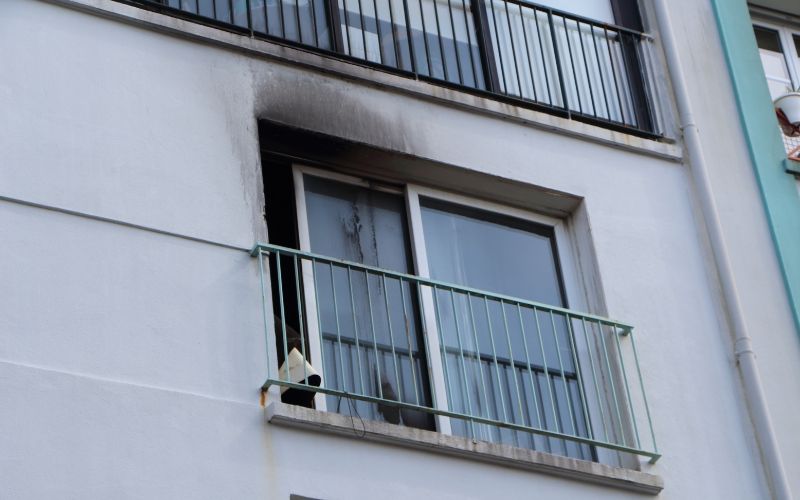
Smoke damage clean up process: Cleaning the floors
Hard flooring and carpets are also susceptible to smoke damage. A mixture of gentle dish soap and warm water can effectively remove residue from hard floors. Carpets, on the other hand, benefit from vacuuming to eliminate loose soot, followed by thorough shampooing. Professional assistance is recommended for an in-depth clean, as specialists possess the expertise and equipment to ensure optimal results.
Breathing Fresh Air Again
Smoke damage restoration isn’t limited to cleaning surfaces — it extends to the air you breathe. Smoke particles can linger in the air, compromising indoor air quality. Begin the process of cleaning the air by ensuring proper ventilation. Open windows and use fans to promote air circulation. In addition, consider using air purifiers specifically designed to filter out smoke particles, further improving the air quality within your home.
Smoke Damage Clean Up Process
Effective smoke damage restoration follows a systematic approach. Let’s explore the step-by-step process that professionals at Restoration Operators follow, to ensure a thorough restoration:
- Prioritize Safety: Safety is paramount during restoration. Equip yourself with protective gear, including rubber gloves and masks, to minimize exposure to hazardous particles.
- Comprehensive Assessment: A meticulous assessment is the foundation of successful restoration. Identify all areas affected by smoke damage, including hidden spaces like ceilings and ductwork.
- Dry Cleaning Initiation: Begin by gently removing loose soot from surfaces using specialized dry-cleaning sponges. This prepares surfaces for deeper cleaning.
- Select Appropriate Cleaners: Different surfaces demand specific cleaning products. Equip yourself with an array of cleaning products, including commercial soot removers, vinegar, paint thinner, rubbing alcohol, and bleach.
- Methodical Cleaning: Proceed to clean surfaces with appropriate cleaning solutions. A gentle approach prevents the spread of soot particles and ensures effective removal.
- Rinse and Dry: After cleaning, rinse surfaces with warm water to eliminate residue from cleaning products. Thorough drying prevents mold growth and further damage.
What Should I Throw Away after Smoke Damage?
When dealing with smoke damage, it is essential to identify items that are beyond repair and need to be discarded. Porous materials, such as carpets, upholstery, mattresses, and clothing, are prone to absorbing smoke particles and can be challenging to restore completely. It is generally recommended to dispose of these items to eliminate any potential health risks.
Non-porous items, such as metal or glass objects, can usually be salvaged through thorough cleaning and deodorizing. However, it is crucial to consult with a smoke damage restoration professional who can assess the extent of the damage and provide expert advice on what can be salvaged.
Can You Steam Clean Smoke Damage?
Steam cleaning is an effective method for removing smoke residue from certain surfaces. However, its applicability depends on the material and the severity of the damage. Steam cleaning can be particularly useful for fabrics, carpets, and draperies, as the high temperature and moisture can help break down and remove smoke particles.
It is important to note that not all surfaces are suitable for steam cleaning, especially those that are heat-sensitive or prone to warping, such as wood or delicate fabrics. In such cases, alternative cleaning methods should be employed, and it is best to seek guidance from smoke damage restoration professionals.
Conclusion
Smoke damage cleanup is a critical step in the aftermath of a fire. By promptly addressing smoke residue and odors, you can prevent further damage to your home and protect your family’s health. Remember to assess which items need to be thrown away, consider steam cleaning for suitable surfaces, and follow the appropriate steps for cleaning smoke damage on walls and ceilings. In challenging situations, do not hesitate to seek the assistance of professional restoration companies, as they possess the knowledge and experience to handle smoke damage effectively.
FAQ
Smoke damage restoration is the process of cleaning and restoring a property after a fire, focusing on removing smoke residue and eliminating odors.
Porous materials, such as clothing, can absorb smoke particles and odors. In many cases, it is challenging to fully restore smoke-damaged clothing, and it is recommended to dispose of them to prevent health risks.
Steam cleaning can be effective for removing smoke residue from certain surfaces, such as fabrics and carpets. However, it may not be suitable for heat-sensitive or delicate materials.
To clean smoke damage on walls and ceilings, start by dry cleaning with a sponge or cloth. For stubborn stains, use a mild detergent mixed with warm water, rinse, and dry the area thoroughly.



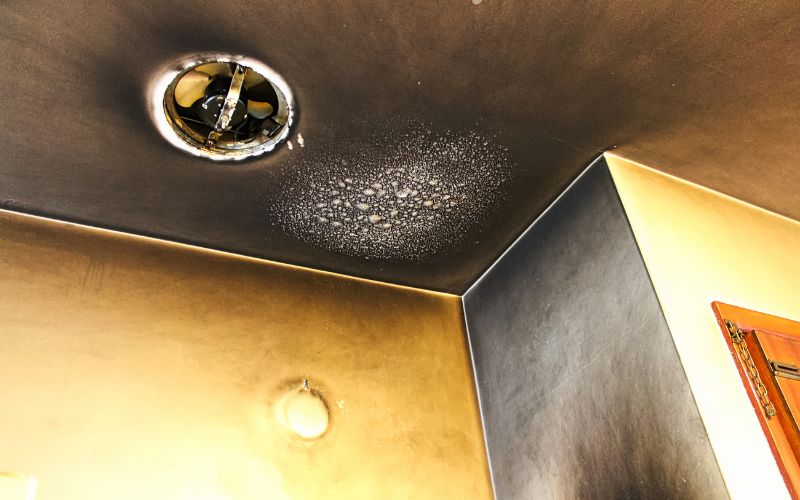
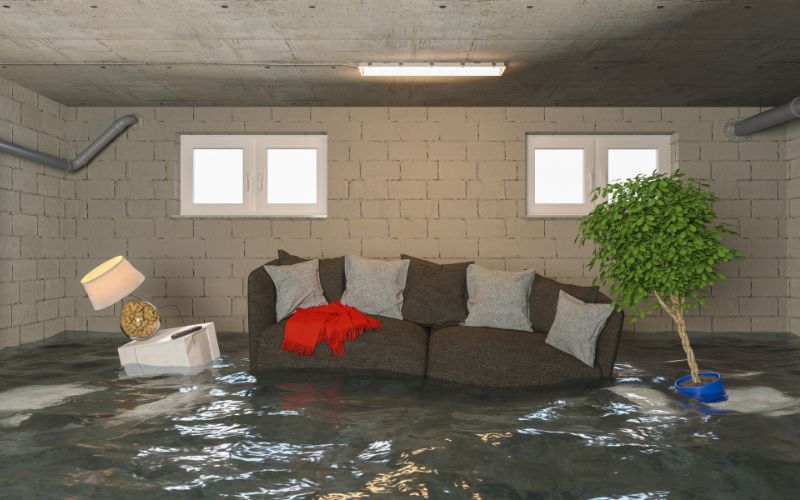
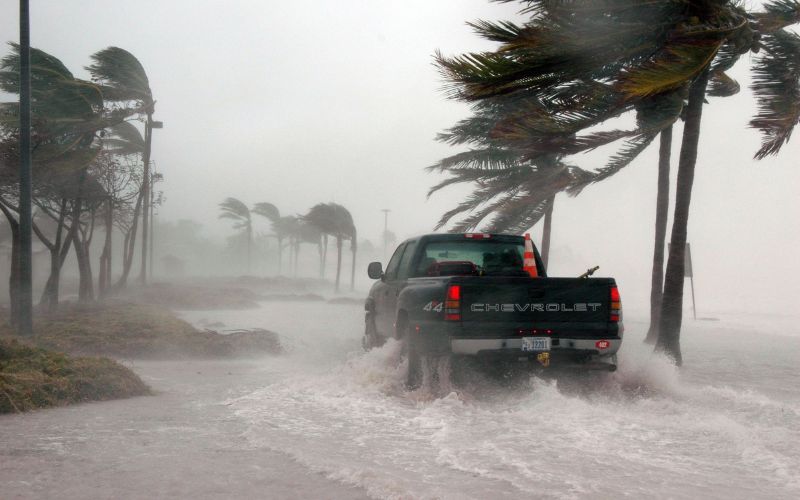
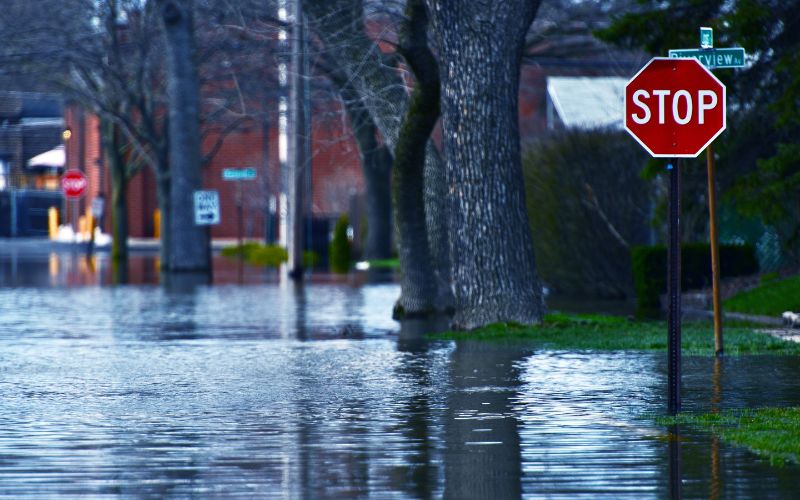
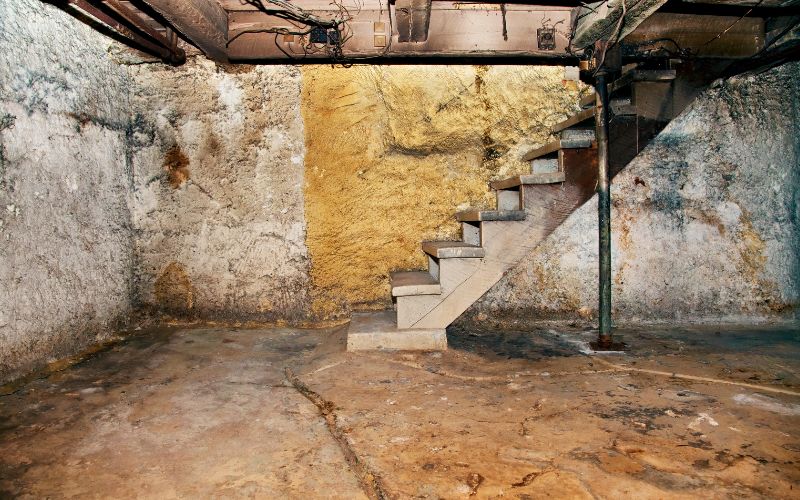
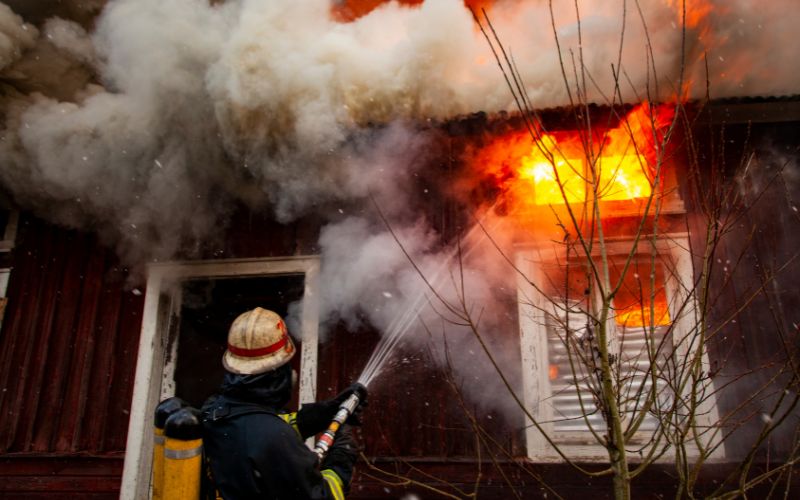




 by
by